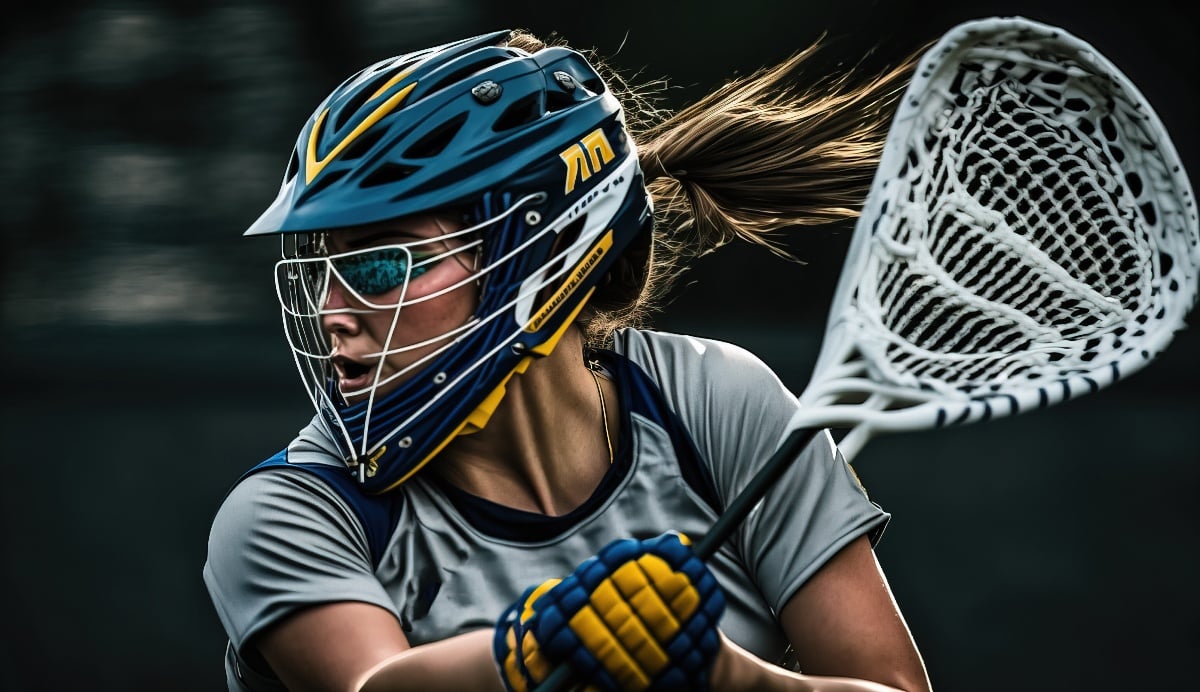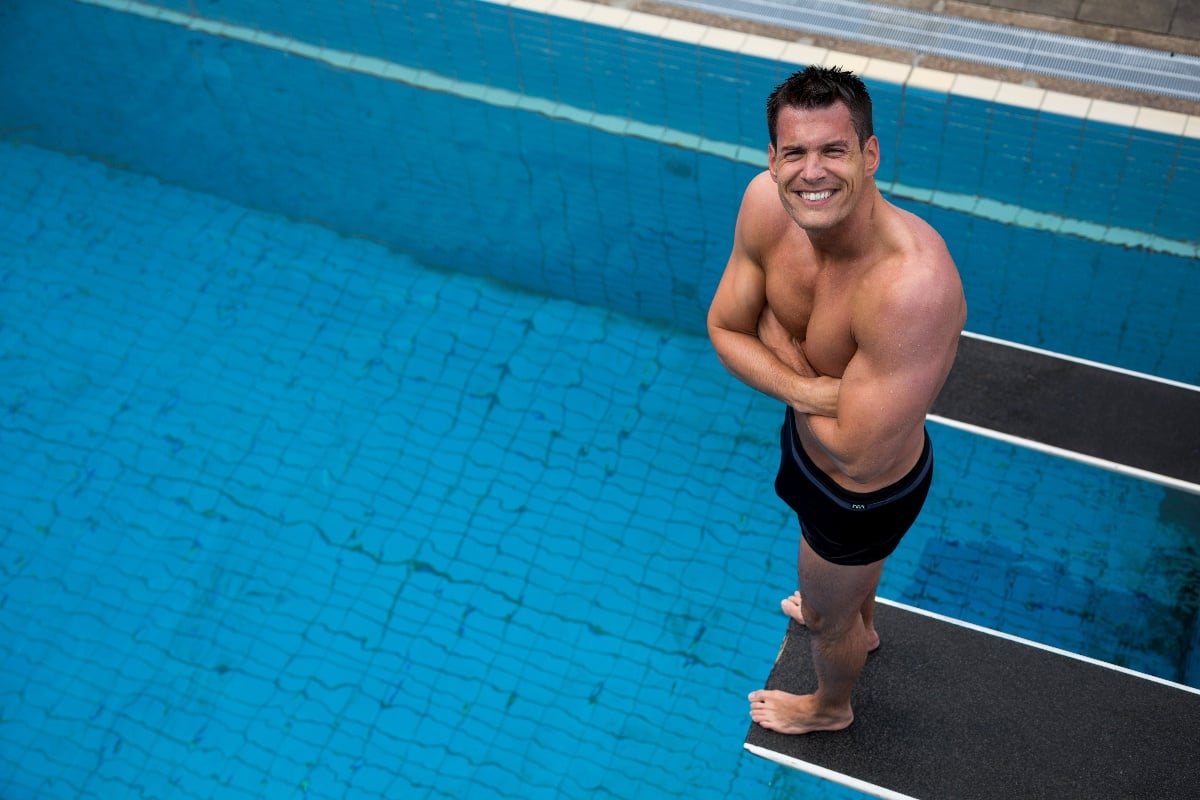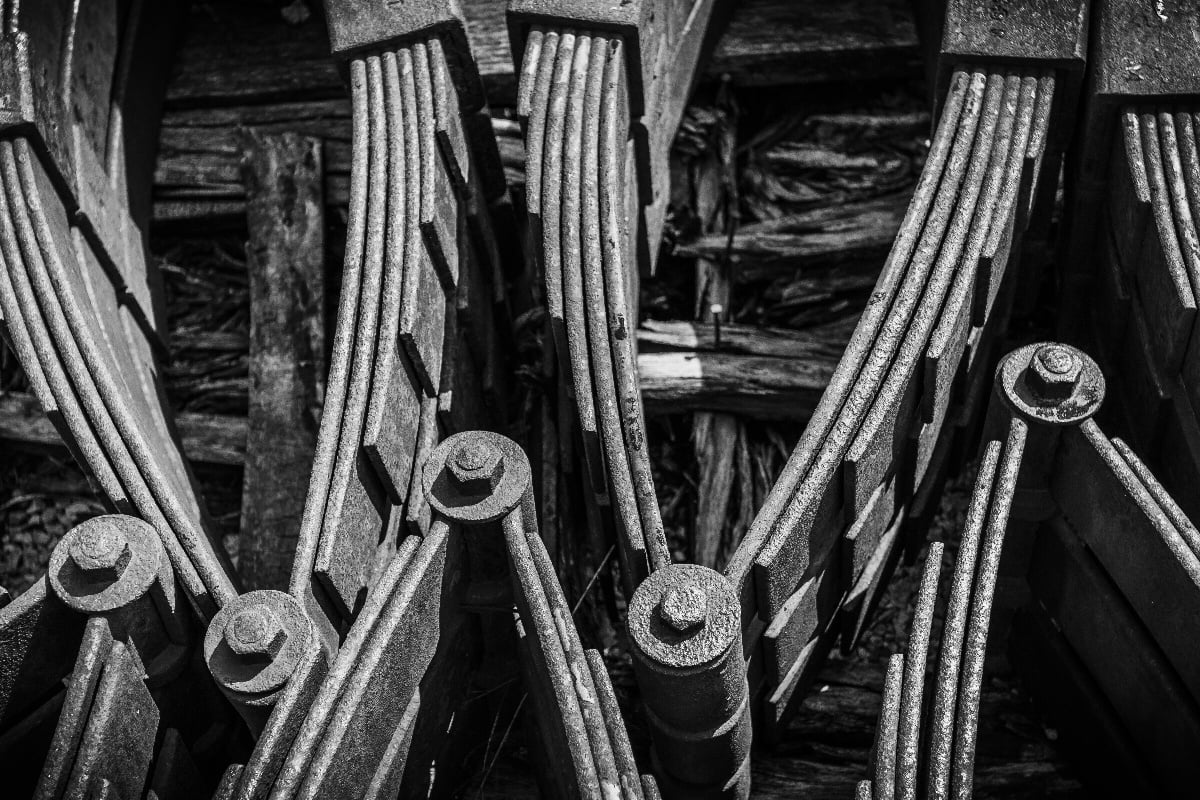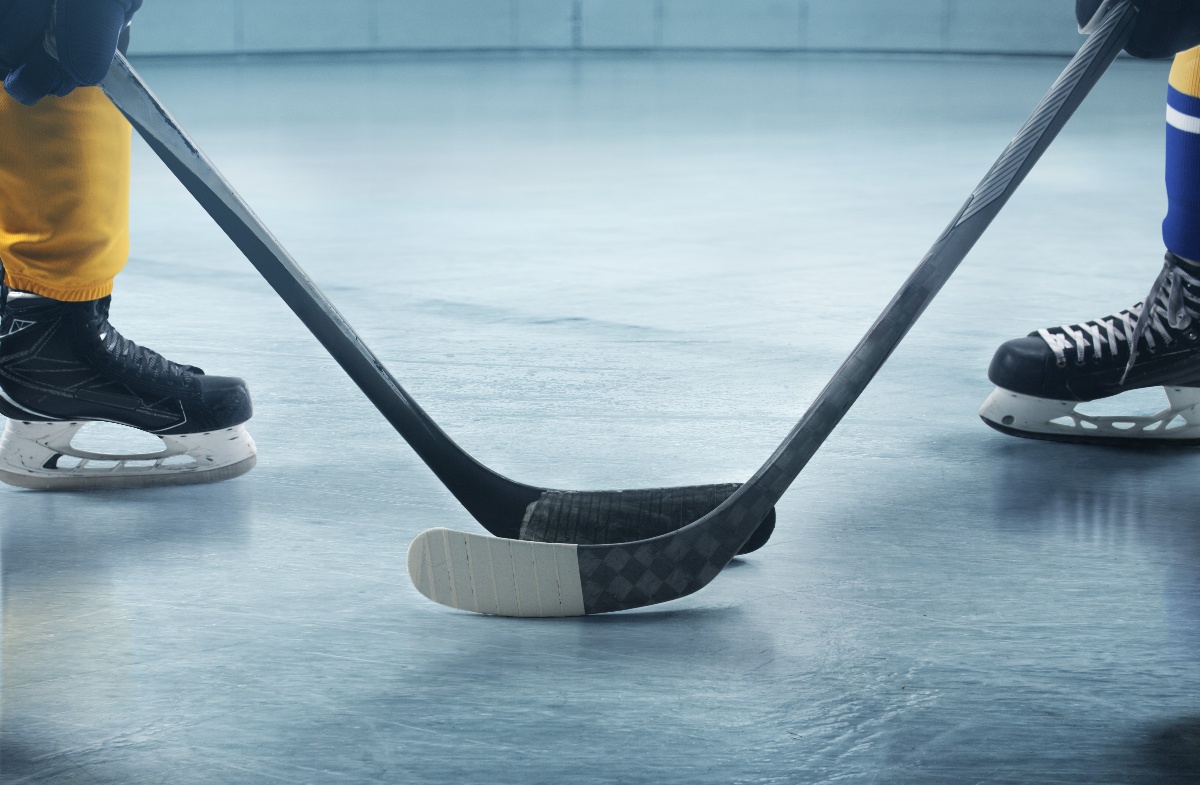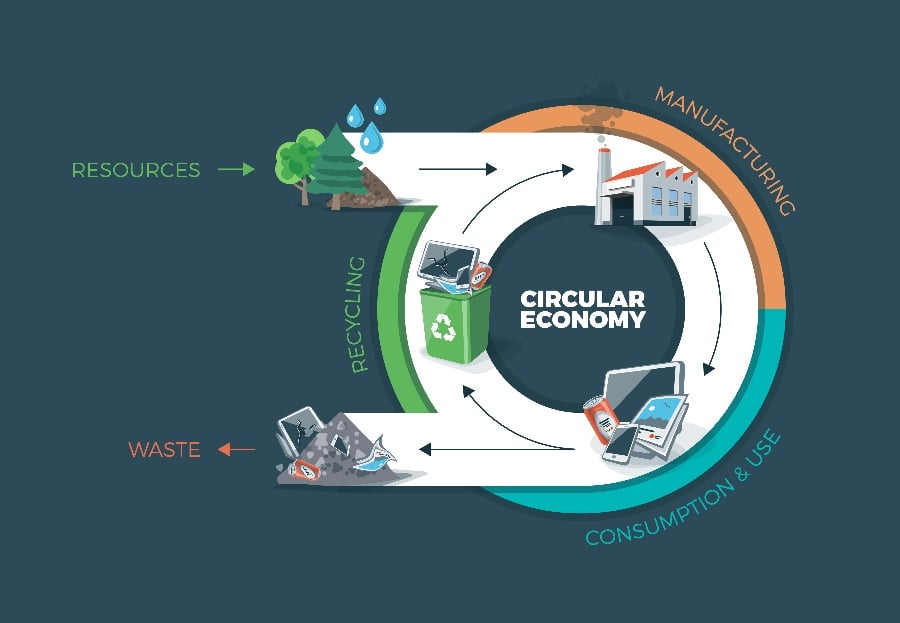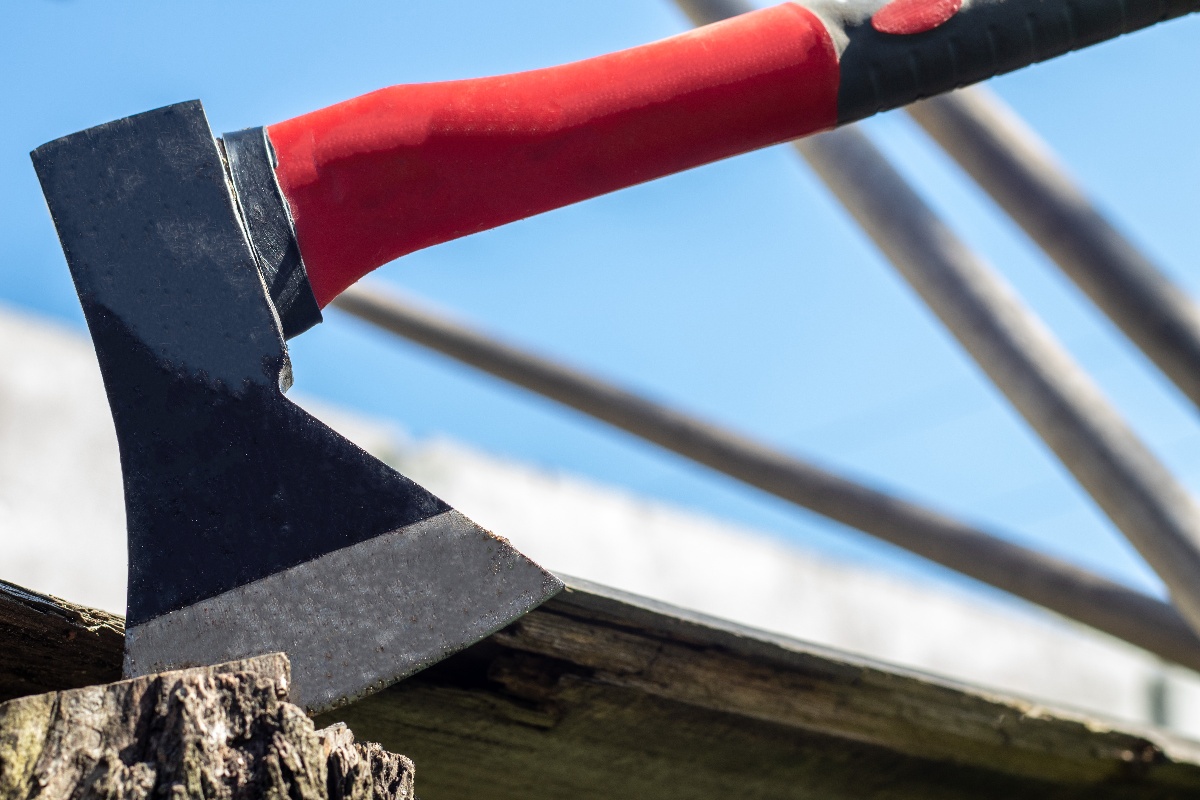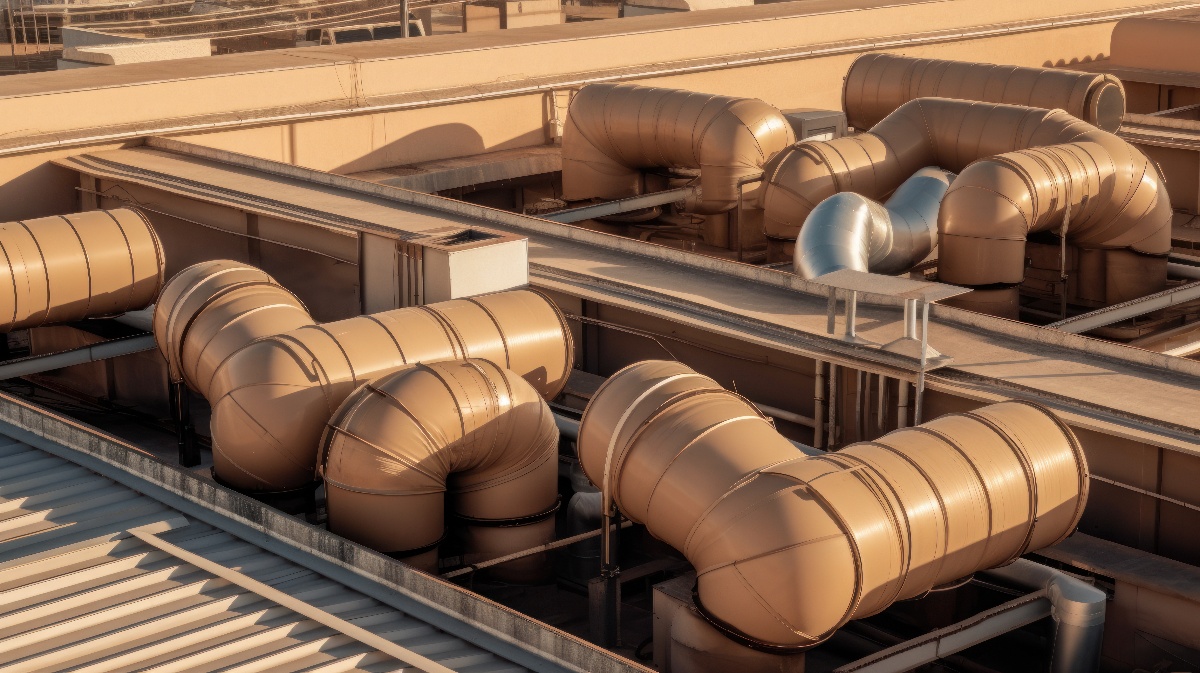
Lacrosse is one of the fastest-growing sports in North America, with participation numbers rising steadily over the past two decades. At the heart of the game is the lacrosse stick, which has evolved greatly from the wooden sticks crafted by Native Americans who originated the sport hundreds of years ago. Today, lacrosse stick design, materials, and construction involve careful engineering considerations to optimize key performance factors.
The lacrosse stick serves as the main piece of sporting equipment players rely on both offensively and defensively during the game. The head shape and pocket design greatly influence ball handling, scooping, carrying, passing, catching, cradling and shooting. The shaft acts as the main structural component transmitting forces from the head to the player's hands. The materials used, construction methods, and dimensional properties all impact the stick's functionality.
This article will provide an overview of lacrosse stick engineering from the perspective of materials science, mechanical design, and performance benchmarking.
Engineering Principles in Stick Design
Lacrosse stick engineers leverage key engineering analysis techniques to quantify and optimize equipment performance by finding the right balance of attributes.
Two major engineering principles applied are:
Structural Analysis
Engineers perform structural simulations on sticks to optimize strength, durability, and flex using finite element analysis (FEA). By modeling head and shaft designs virtually, stress concentrations and failure points can be identified. Material selections, geometries, and wall thicknesses are refined until safety factors are met.
Shafts see bending, torsional, tension, and compression loads. The balance between weight minimization and high strength is critical before flexibility needs are addressed. Most shafts optimize the length and distributions of stiff (alloy) and flexible (composite) zones.
Fluid Dynamics & Aerodynamics
The complex interactions between stick heads, pockets, and passing/shooting the ball involve studying projectile motion and aerodynamics. Subtle shape variations impact lift/drag coefficients, release turbulence, and ball trajectories.
CFD studies help maximize ball retention versus ease of release based on pocket and head designs. The launch angle and rotational velocity imparted on the ball during shooting is heavily dependent on the head/pocket profile.
By running virtual experiments, engineers tweak shape geometries, surface textures, pocket features, and stringing patterns to strike the right balance of control, speed, and accuracy–often customizing designs for specific player positions and preferences.
Stick Shaft Design
Lacrosse stick shafts must balance numerous design factors that influence their performance and handling. A key decision is solid versus hollow construction. Solid shafts provide exceptional stiffness for maximum energy transfer during checks, passes and shots. However, hollow composite shafts are much lighter while still providing longitudinal stiffness.
The wall thickness and layup of composite materials can be tailored to fine-tune longitudinal and torsional stiffness profiles. By altering the carbon fiber, aramid fiber, fiberglass, and resin combinations in different zones of hollow shafts, engineers can produce flex and stiffness gradients optimized for an individual's playing style and preferences. The flex profiles aid ball control and quick releases.
Additional grip pads, tape, or aftermarket handles improve comfort and tailor weight distribution and feel. Metal or rubber end caps protect shafts from wear and tear while damping vibrations. The array of shaft design options allows players to customize sticks to amplify their athletic talents.
Lacrosse Stick Materials
The materials used to construct various components of lacrosse sticks greatly impact their performance, feel, and durability. By understanding the engineering properties of these materials, manufacturers can optimize sticks for elite play.
The ideal materials for lacrosse sticks should possess high strength-to-weight ratios, stiffness, toughness, and fatigue/corrosion resistance. Key engineering metrics considered include:
- Tensile/compressive strength
- Stiffness/flexural modulus
- Fracture toughness
- Fatigue strength
- Corrosion resistance
- Weight minimization
Modern sticks utilize a range of high-tech materials, including aircraft-grade alloys, synthetic polymers, composites, and hybrid constructions to optimize these properties.
Performance
Lightweight alloy or composite shafts coupled with stiff head materials maximize ball speed in passing and shooting. Strong yet flexible shafts provide excellent energy transfer and "whip."
Feel
Customizing shaft flexibility and head stiffness provides personalized "snap" and rebound characteristics preferred by players. Vibration dampening is also considered in design.
Control
Optimized head shapes with deep, tuned pocket designs allow superior ball control and quick releases. The right balance of material stiffness, pocket tensioning, and stringing methods is critical.
By leveraging materials science principles, engineers can customize sticks to amplify attributes that match players' physiological capabilities and style of play for competitive advantages. The symbiotic pairings of shaft, head, and pocket materials enable lacrosse sticks to perform as dynamic sporting equipment extensions of athletes' bodies.
FRP Composites–The Future of Lacrosse Sticks?
Fiberglass reinforced plastic (FRP) is a material with excellent potential for next generation lacrosse stick construction. The material provides an ideal balance of strength, stiffness, toughness, and weight required in sticks.
Fiberglass itself possesses impressive strength-to-weight characteristics. By reinforcing the brittle glass fibers in a plastic polymer matrix, the composite material retains the strength properties of glass while gaining fracture toughness from the plastic. Varying the relative amounts of fiberglass and plastic constituents allows tuning the precise material characteristics.
FRP composites demonstrate superior fatigue strength, corrosion resistance, and fracture toughness compared to metals. An additional benefit is damping characteristics that reduce unwanted vibrations. By aligning the fiberglass strands, the composite can be tailored to be rigid or flexible in specified directions.
These customization and performance benefits make FRP composites an appealing choice for both lacrosse stick shafts and heads. FRP enables excellent energy transfer for passing and shooting while allowing some flex for ball control. Lightweight FRP heads with molded pockets have the potential to revolutionize traditional stringing techniques.
As composite manufacturing, modeling, and testing methods continue improving, FRP demonstrates strong promise as the next generation lacrosse stick material for taking athlete's games to the highest level.

